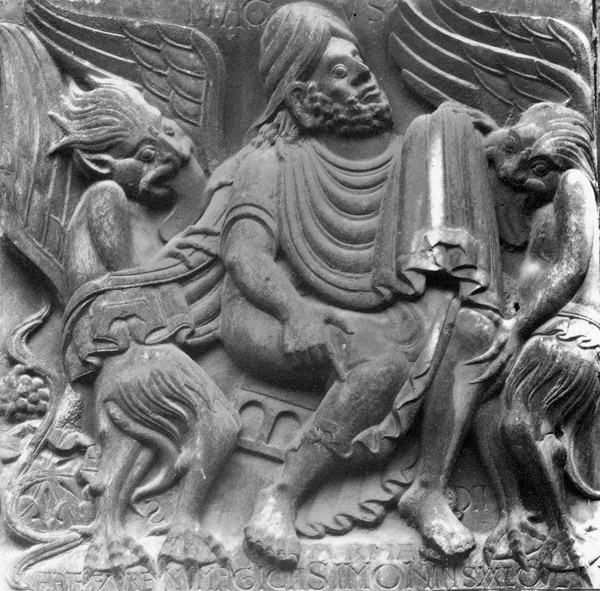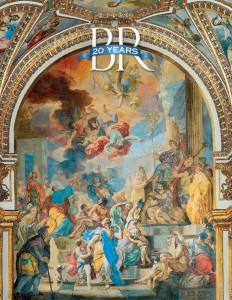A Model for Faust?
Sidebar to: The Fall and Rise of Simon Magus

Since the early 16th century, a tragic and sinister story has weaved its way through western literature, art and music—the legend of a man who makes a pact with the devil and then has to come to terms with the contract he signed. It’s the legend of Johannes Faustus.
Faustus was apparently a historical character who lived in Germany during the early 16th century. A student of divinity, Faustus claimed to have extraordinary powers. In his imagination, he was a necromancer (someone who communicates with the dead) and a practitioner of black magic and sorcery. Though the historical Faustus was nothing more than a braggart and a charlatan, his legend flourished.
The earliest collection of the tales of Faust (as the name is often abbreviated) came in 1587 in an anonymous work titled the Historie of the Damnable Life and Deserved Death of Dr. John Faustus. The legend was soon picked up by English playwright Christopher Marlowe, a contemporary of Shakespeare and Queen Elizabeth, and according to rumor, a spy for Her Majesty’s Secret Service and a man of rather unorthodox religious opinion. Marlowe’s version of Faust’s story, the play The Tragicall History of D. Faustus (1604), was so eloquent and dramatic that it became the model for the many versions of Faust’s story that followed. It is the story of a man who trades his soul to the devil in exchange for a period of ultimate knowledge and power.
Already a library member? Log in here.
Institution user? Log in with your IP address.

